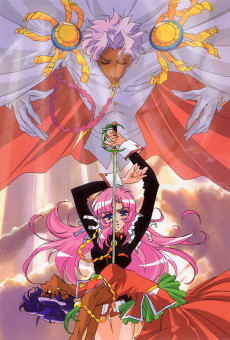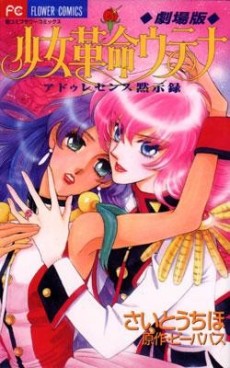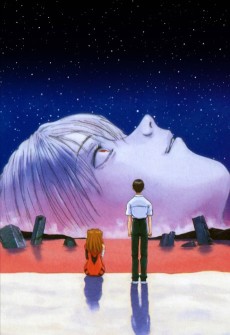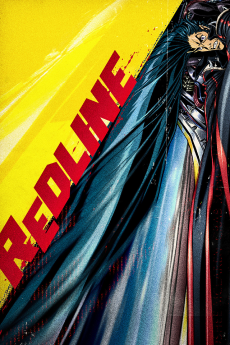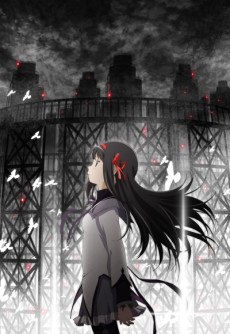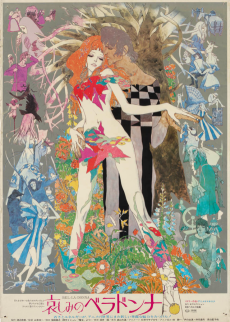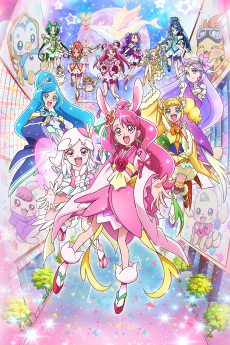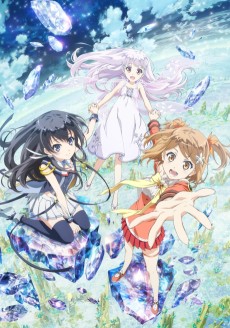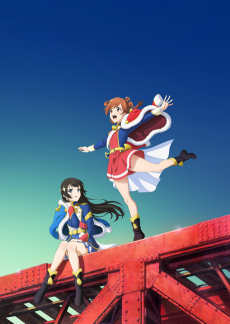SHOUJO KAKUMEI UTENA: ADOLESCENCE MOKUSHIROKU
MOVIE
Dubbed
SOURCE
ORIGINAL
RELEASE
August 14, 1999
LENGTH
90 min
DESCRIPTION
In a loose retelling of the Revolutionary Girl Utena TV series, Utena Tenjou arrives at Ohtori Academy, only to be immediately swept up in a series of duels for the hand of her classmate Anthy Himemiya and the power she supposedly holds. At the same time, Utena reunites with Touga Kiryuu, a friend from her childhood who seems to know the secrets behind the duels. Utena must discover those secrets for herself, before the power that rules Ohtori claims her and her friends, new and old.
(Source: Anime News Network)
CAST
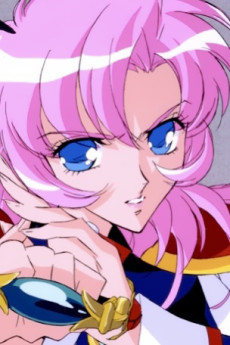
Utena Tenjou
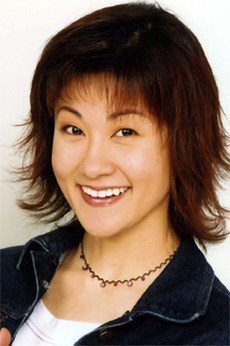
Tomoko Kawakami
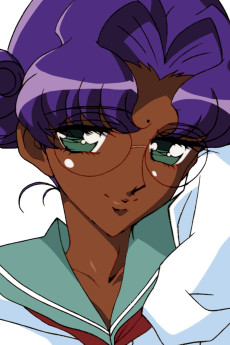
Anthy Himemiya

Yuriko Fuchizaki
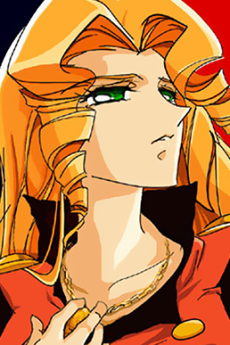
Juri Arisugawa
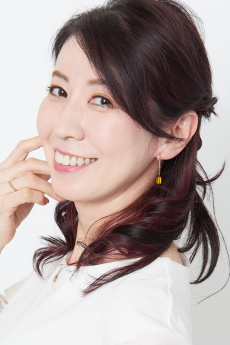
Kotono Mitsuishi
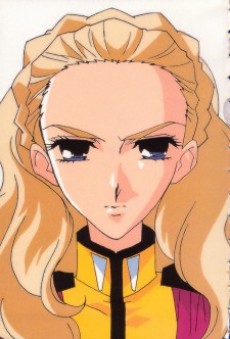
Nanami Kiryuu

Yuri Shiratori

Chuchu
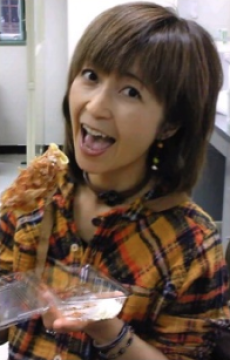
Satomi Koorogi
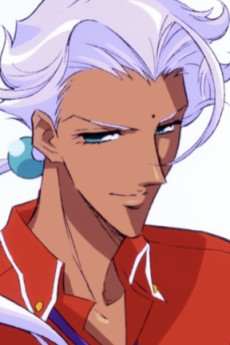
Akio Ootori
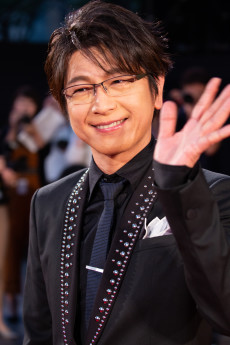
Mitsuhiro Oikawa
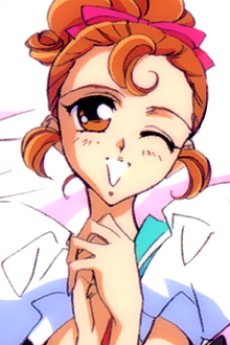
Wakaba Shinohara
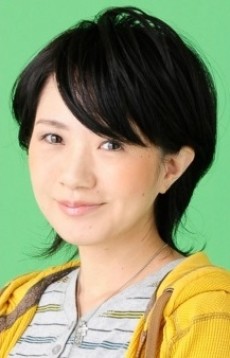
Yuka Imai
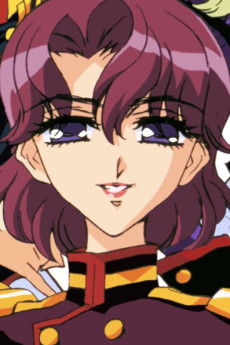
Shiori Takatsuki

Kumiko Nishihara
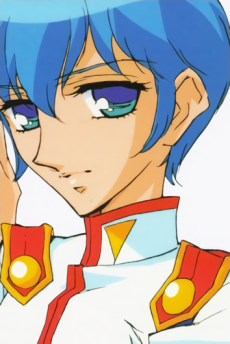
Miki Kaoru
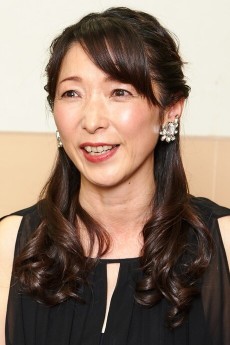
Aya Hisakawa
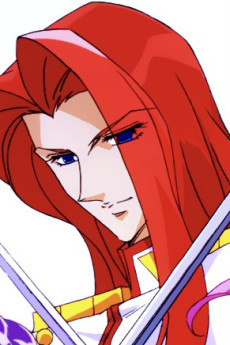
Touga Kiryuu
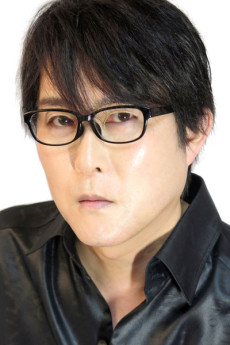
Takehito Koyasu
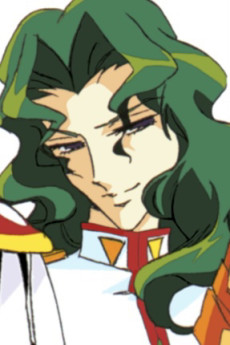
Kyouichi Saionji
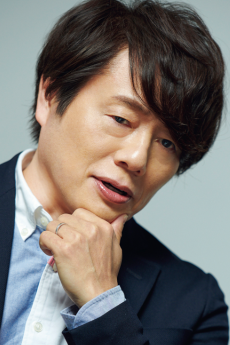
Takeshi Kusao
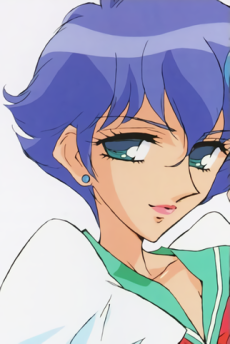
Kozue Kaoru
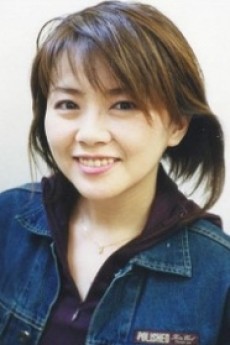
Chieko Honda
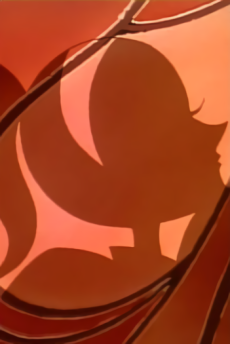
C-ko

Kumiko Watanabe
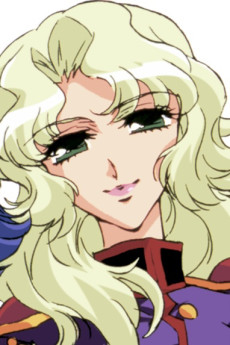
Kanae Ootori

Ai Orikasa

Bijutsu Kyoushi
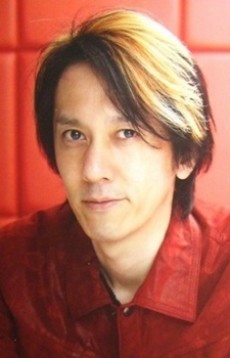
Kunihiko Ikuhara
RELATED TO SHOUJO KAKUMEI UTENA: ADOLESCENCE MOKUSHIROKU
REVIEWS

pachimaera
100/100A dream-like experience transforming and reimagining the original show into a captivating and marvelous movie formatContinue on AniList"A car without its key is stuck and goes to rust." 
Fasten your seatbelts before watching this movie, because this dream-like experience takes whatever pacing, comfort, structure and any resemblance of subtlety with regards to surrealism or symbolism you were used to from the show, and turns it on its head in order to create a fast-paced, hard-hitting and visceral experience.
proceeds with gushing about this movie spoiler-free, hoping people will feel motivated to watch the series and then finally be able to experience this masterpiece of a movie for themselves

Apparent is the focus on reimagining, interrogating and transforming of the series and its pivotal moments, characters, implicit and explicit themes, messaging & details from the 39-episodes-long show into a loose retelling as a feature-length movie format and it's nothing short of captivating, intriguing and fascinating.
I will take the liberty to declare this the gold standard for an adaptation from series to movie as the show is allowed to take on a new form here, creating an intriguing and fresh experience ripe with the possiblity for new insights and perspectives.
Visually, Utena was elevated to previously unchartered animation heights and I was speechless at how beautifully the world and the characters came to life in a new way. It's a stunning artistic marvel, the definition of "eye candy".
(The screencaps i've added this to review only offer a standstill, a glimpse of what you're going to experience.)
The creation and weaving of the soundtrack into the matter of this movie is astonishing, as it accompanies the mood evoked by the visuals to a T and fits the emotional and narrative cues precisely, proven by the reprises of the series' music, which are done beautifully and invoke the feelings from the show and put them into a new light, and seamless addition of fitting new musical pieces, which make this movie a treat for the ears from start to finish.
As a little side note, I noticed how the reprises and soundtrack overall were more subtle compared to the show's loud and encompassing tracks, which I find to be an interesting dichotomy as the movie visually moves rather quickly and even becomes frantic at times.
Overall, it's more unapologetically surreal, gay and with a more focused, explicit and fast-paced approach, this take on adolescence will take you on a journey and not let go until the credits roll, which I base on the fact that I was glued to the chair (and sobbing at one or two occasions, maybe) throughout the entirety of its runtime.
With all of this being said, I hope you'll feel compelled to watch this masterpiece of a movie and don't forget...
Viva la revolución!
Krankastel
70/100Engines ablaze, for this is one wild, queer drive.Continue on AniListNo matter their genre, whether they are animated or live-action, short or feature, films can serve many purposes:
- Some merely amuse.
- Some are opportunities to poke fun at them.
- Some aim mostly at touching their audience with emotional scenes.
- Some express social and political ideas.
- Some bring into question the human condition.
And some don’t seem to make any sense. Might be because of a confusing and hard-to-follow storyline, because the reference material is hardly accessible, or because the creator wants to mess with his audience, or all three and more. Does Adolescence of Utena belong here? I’d say yes and no.
Ikuhara can be a trolling creator and a fan-proclaimed madman, but also one of the most social-aware people to grace anime industry. Let’s begin the review, there will be no spoilers.
__[1. Things to keep in mind …]__ a) Adolescence of Utena can be watched standalone, but I don’t recommend doing this. This comes from a person who watched a few episodes of the series, then went for movie, completed the series and then re-watched the movie. Some original series’ elements will fly over the viewer’s head, some parts are affectionate references to iconic and memetic scenes and much character context may be missed. And on top of that, some scenes supplement or build upon certain ones at the series.

b) This movie thrives on visual storytelling, employing imagery themselves as a narrative tool. Although the case with every work directed by Ikuhara, here the usage of metaphors and symbolism is uninhibited, and surrealism reaches extreme heights. There is also bizarre and offbeat humor at parts, that contributes as part of the film’s charm.
Best not to take anything too face value, especially during later parts where any semblance of literal story is drowning in a sea of allegory and madness. I would also recommend against nitpicking details on first watch, but to go with an empty and open mind intuitively absorbing information.
c) Many people recommend approaching this movie as metaphor after metaphor for growing up, and might be fine to direct the viewer and not confuse them too much.
In my opinion though this may also peg down the mind and not liberate it enough to provide for alternate interpretations and explore the thematic richness behind. With enough patience and imagination, one can appreciate more than just a deranged coming-of-age story or yuri romance. One of my favorite interpretations is an intrapersonal one, e.g. bridging and integrating our personality traits no matter if considered more “feminine” or “masculine” by society and tear down delusions that don’t serve us and hold back our potential.
Outside thematic interpretation, I guess the film can be seen as a sequel, a parallel universe, or even a separate microcosm depending on how one views it.
__[2. Briefly on characters…]__ Given it’s a compact retelling of the series not all will be fleshed out, and on top of that understanding some requires the series as a point of reference. Original concepts from the parent series remain present, like the Rose Bride or the duel to drive, as is the prince.
Utena and Anthy are different from their series’ versions, Utena being more masculine-looking, introverted and reserved, whereas Anthy is more assertive, and more openly displays free will and emotions, and boasts a different if still feminine appearance.
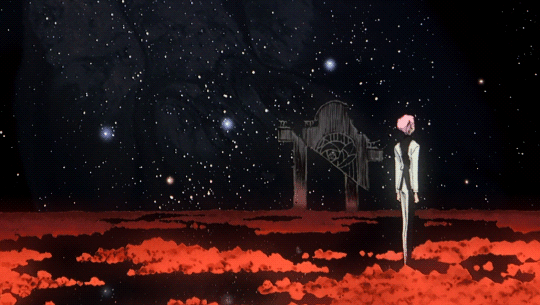
Other characters are mostly limited to few but very memorable scenes and their roles are either changed from the original series or “flanderized” to an extreme. Some operate more as symbols; however it is noteworthy that the presence of one of those can probably shed some light into an important character of the series and how he came to be raised this way.
__[3. Closing with technical aspects…]__ a) Visually it’s way much of an upgrade from the series, the most animated Ikuhara work by far and eerily beautiful. Going hand to hand with the extreme surrealism, Ohtori has been transformed from an already atypical school to a Hogwarts-like landscape.
The resulting architecture blurs the line between a sci-fi setting and an almost schizophrenic dreamscape, including among others shifting animated segments and overlapping classroom boards. Colors are more vivid, camerawork is dynamic and fluid, and whatever fencing scenes present truly feel as action scenes, and the car scenes are nothing short of a majestic narcotic.
Unlike in all Ikuhara’s series, there is no repeated sequence made to create a pattern. It goes without question that there will be tons of imagery used as symbols in very creative ways, and Ikuhara’s stage play direction shines only second to Penguindrum’s.
b) On sound, I don’t feel I need to say much. The music is largely choral rock and orchestral pieces, but what makes them distinguishable is sound direction, for they blend better into sequences in comparison to the series.
If I am to distinguish two tracks, it’s a ballad playing during an iconic scene, and a unique insert version of Rinbu Revolution, both sung by Okui Masami.
Hope you enjoyed my review! 
MattSweatshirT
90/100Freedom, an Escape from The End of the WorldContinue on AniList
Freedom, an Escape from The End of the World
Disclaimer: you’ll probably want to read my review for the series before reading this if you haven’t, as I reference and rely on a lot of ideas that I went over in that review in order to analyze this.

Revolutionary Girl Utena: Adolescence of Utena is technically a retelling of the tv series, as it re-treads the events of it quite thoroughly for its runtime. However, it functions more as a sequel or companion piece thematically. Being a film-length retelling of a 39-episode long series, Adolescence of Utena inevitably cuts out many details that add nuance and explore the idiosyncrasies of some of the characters and messaging. Yet, it also uses its time to refine some elements and iron out the thematic consistency and impact of the series. It doesn’t hold the viewer’s hand in explaining any of the differing events, it uses every second of its runtime to build upon the context and ideas from the series. This film and the series add a lot to each other and should be viewed in conjunction rather than as one simply being a retelling or sequel to the other. This focuses more on Utena and Himemiya’s relationship together, on the surface turning itself into more of a love story. However, just as Utena’s individual revolution in the series can be seen as a microcosm for a more grandiose idea of a transcendence beyond power structures and general change for the better, Utena and Himemiya’s relationship in this film can be seen in a similar light.
Much of this film relies on the context of the series, but at the same time recontextualizes and refines it. To succinctly display the influence of the power structures of the academy, it has the chalk boards in the classroom and the walkways and structures of the school itself mechanically shifting and being moved around, as if something was in direct control of it all. Lines like, “Everything here is entirely built around the prince”, give a concise but impactful examination of what the patriarchy is. The film then says, “There is no prince in the flesh”, clarifying that it’s not referring to Akio, or any individual person, but rather the broader system and influences of power in general. These things, along with the castle being the final obstacle for Utena and Himemiya, give a more mechanical and systemic representation to the power structures that have destructive effects on those under it, rather than an individual one, which I think is more accurate. Akio’s character was drastically changed. His character in the film, especially in relation his portrayal in the series, adds a lot to the franchise’s analysis of patriarchy and power. His character is still seen as “the prince”, and he strives to fill that role. However, revealed by his behaviors around Himemiya, he is actually a broken and unstable person. He has been drugging and raping his sister all this time, and once caught, he’s unable to come to terms with his own actions—because he is supposed to be the prince. The patriarchal roles and narratives of society hurt even the beloved Akio, as the expectations pushed onto him to be this idealized prince figure wore and broke him down. So, instead of a layered representation of the patriarchy itself, he becomes simply another individual within the system, victim to it in his own ways.

Adolescence of Utena is more focused on Utena and Himemiya’s relationship together than the series was. It spends much of its time developing their relationship, which eventually becomes explicitly romantic. This development is portrayed through a few, brilliantly presented scenes. First, after Utena has “won” Himemiya and they are in her room at night, Utena’s insecurity with her own sexuality is expressed. Then, in the scene where they are drawing each other’s portraits, where they get to know each other more and Utena is forced to confront her insecurity more directly. And finally, in their scene together up on the dueling stage, where Ikuhara’s masterful direction creates a magical scene of them dancing together amongst the water-filled rose garden—getting lost in the stars together. In this scene, Himemiya floods her rose garden, symbolizing her giving up her title of the rose bride, rejecting her status at the academy, and embracing Utena instead.

Instead of continuing with the dueling process, Utena and Himemiya decide to run away. To escape the destructive powers that attempt to limit and control them, to revolutionize beyond them, they attempt to get out of the academy and the system, and make it to the “outside world”. This is illustrated by a car chase sequence, in which Utena becomes a car that Himemiya drives, escaping from the other cars chasing them. At one point during the chase, Akio appears in front of them and says, “You will only reach The End of the World”. This is his attempt to discourage them from escaping, claiming that there is no outside world, there is no change that can be made for the better—this patriarchal and destructive academy, or society, is all that is possible. Yet, they are able to escape, overcoming the obstacle of the castle—which takes form as a car as well—on their way. Their defeating the castle is them breaking through the systemic powers that had such an influence over them. This car chase sequence is the act of revolutionization. It is the reaching toward and achieving freedom. As they have escaped, Utena and Himemiya travel the outside world which “has no roads”. However, they have the freedom to build new roads. The capacity for change and the development of that which is good is within us. This applies on a societal level of course, but also on an individual and interpersonal one. Break away from the forces in your own life that keep you down. Free yourself of roles and expectations that inevitably have a destructive effect and limit you. Use your ability to connect with others as an avenue for positive change within yourself. Don’t believe in The End of the World.

SIMILAR ANIMES YOU MAY LIKE
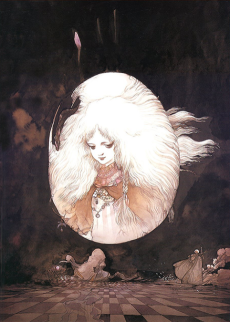 OVA DramaTenshi no Tamago
OVA DramaTenshi no Tamago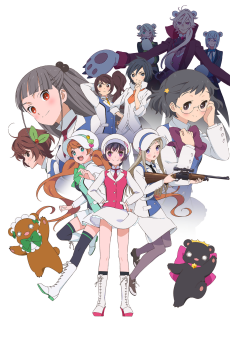 ANIME DramaYuri Kuma Arashi
ANIME DramaYuri Kuma Arashi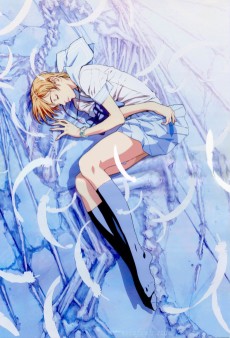 MOVIE AdventureEscaflowne
MOVIE AdventureEscaflowne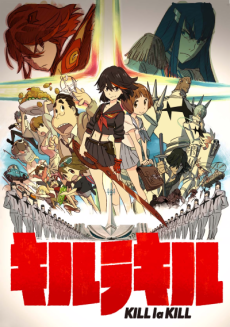 ANIME ActionKill la Kill
ANIME ActionKill la Kill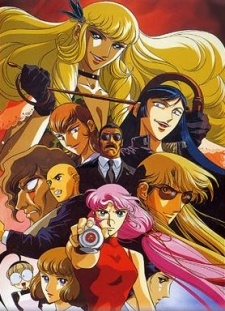 OVA ActionSukeban Deka
OVA ActionSukeban Deka
SCORE
- (3.9/5)
TRAILER
MORE INFO
Ended inAugust 14, 1999
Main Studio J.C. Staff
Favorited by 843 Users


